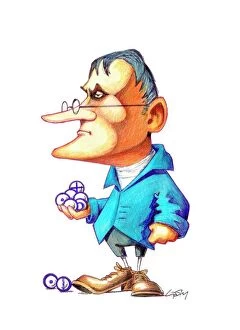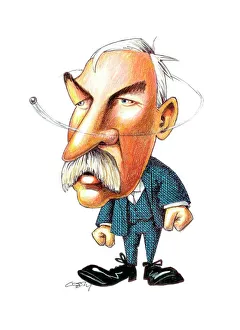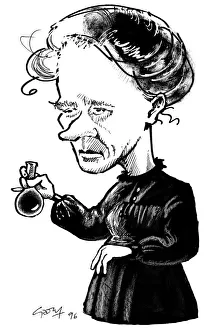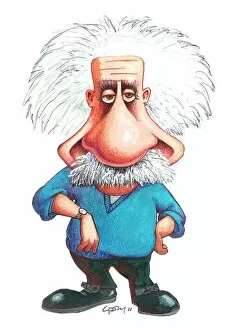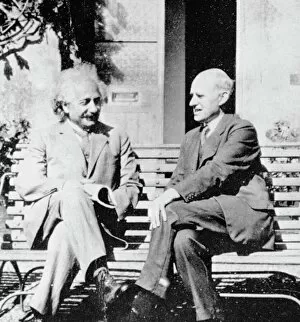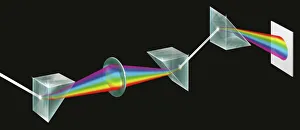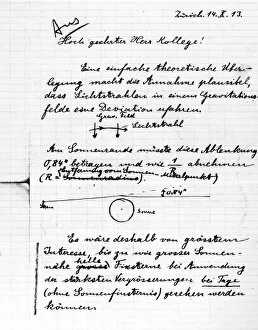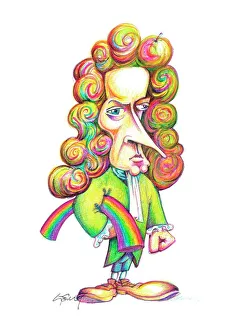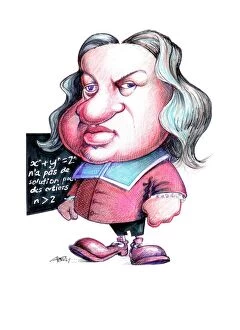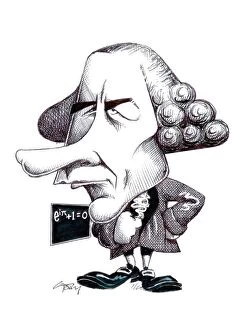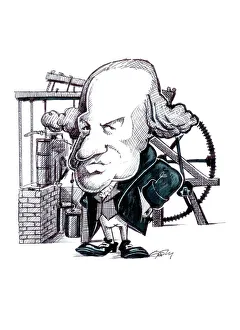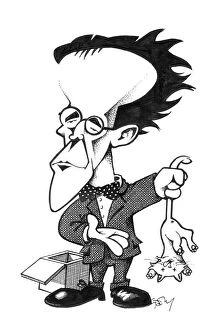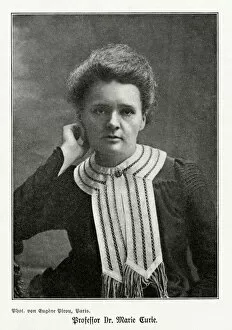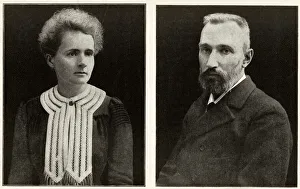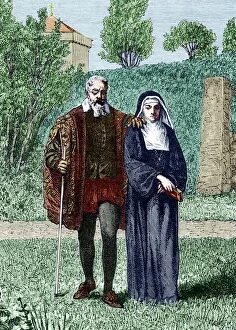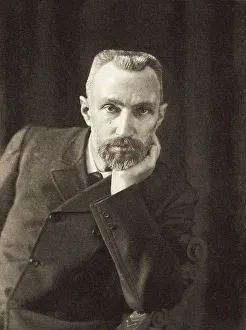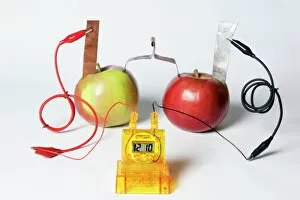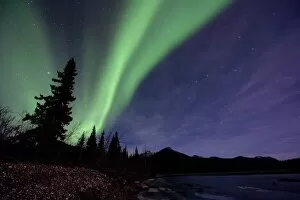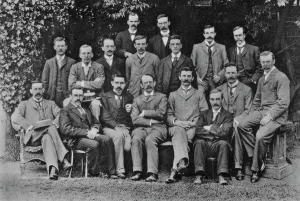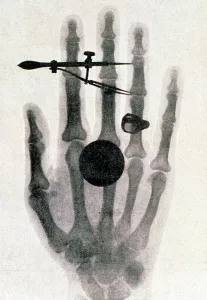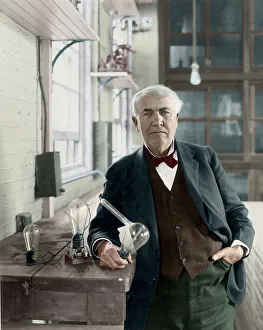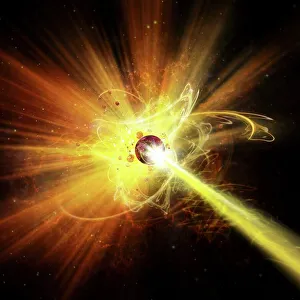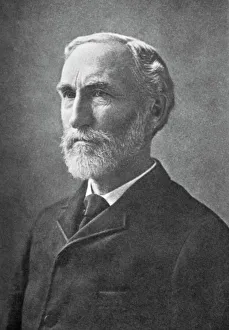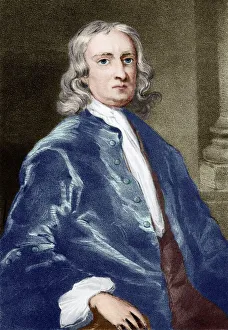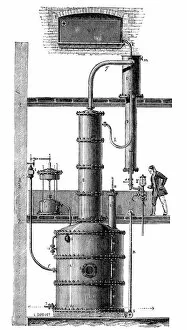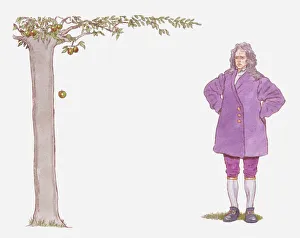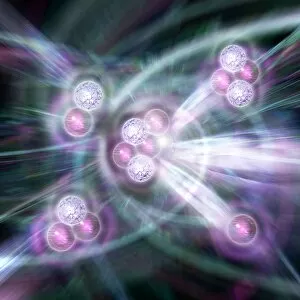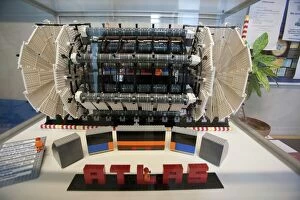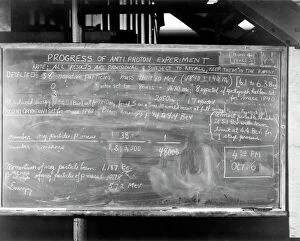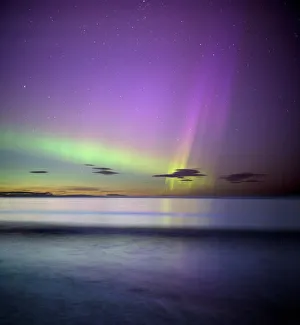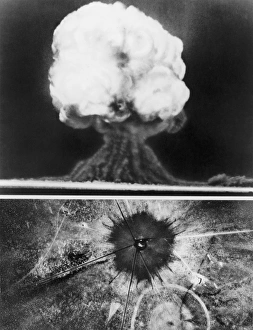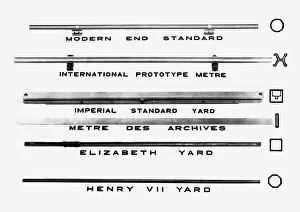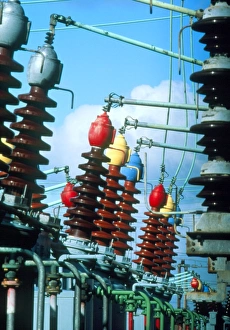Physics Collection (page 3)
Exploring the vibrant world of physics, where colors blend like a mesmerizing colour wheel, unveiling the secrets of our universe
All Professionally Made to Order for Quick Shipping
Exploring the vibrant world of physics, where colors blend like a mesmerizing colour wheel, unveiling the secrets of our universe. Particle tracks lead us on a journey through time and space, capturing the essence of cosmic collisions like Proton Collision C014/1797 and the groundbreaking Higgs Boson event at ATLAS detector C013/6892. Inspired minds like Richard Feynman, depicted in a captivating caricature as he unravels the mysteries of quantum mechanics (C015/6715), have shaped our understanding. From studying celestial wonders such as the Milky Way to unraveling atmospheric phenomena like Northern Lights, physics encompasses it all. The Airpump by Joseph Wright symbolizes humanity's quest for knowledge and discovery. Pioneers like Marie Curie continue to inspire generations with their remarkable contributions to nuclear physics. At CERN's ATLAS detector, we witness extraordinary experiments that push boundaries further than ever before. Behold the breathtaking beauty of Crab Nebula while contemplating conceptual artwork depicting Higgs Boson - an elusive particle that holds profound significance in our understanding of matter and energy.

